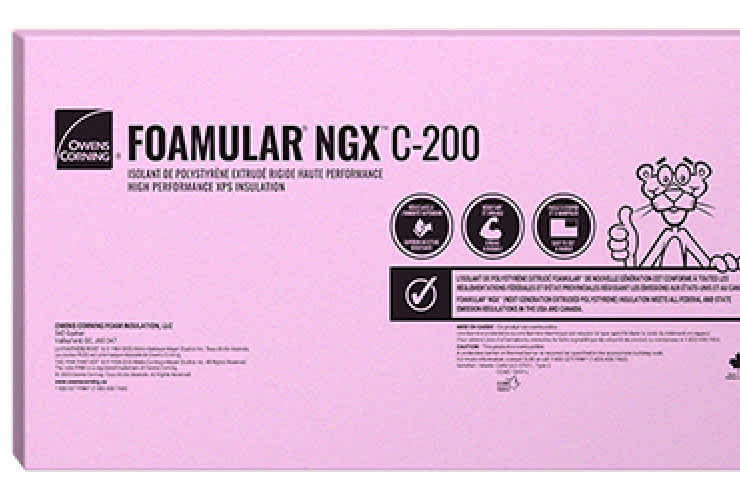
This is the plastic table I purchased from Home Depot to assemble my first Bachmann starter set layouts. It’s 96 inches long, 30 inches wide and 29 inches high. It folds in half and when assembled, it has a sturdy, smooth-ish surface.
My first thought, when I decided I was going to make a permanent N scale train layout, was that I would simply paint the surface of the table and use that as my baseboard. I have zero carpentry skills, and I don’t even own a saw. The Whistle-Stop oval is 34″ x 24″, and that fit easily on this table. I added straights from the Empire Builder (all EZ Track) to make it longer, and it made sense to me that I could create an interesting layout in this space. The weight capacity for this table is 300 pounds– and I believed it was more than enough to bear the weight of any layout I could create (at this time, I had no concept of how plaster was used in developing layouts–or how heavy it can become.)

I even thought that I could create a layout on this folding table that I could fold up and put away when I wasn’t using it. Imagine that!

I think I spent about 3 days thinking this was the path I was going to pursue. I did some research and looked at other people’s layouts. Of course, nobody has built a train layout on a folding table that can fold up when not in use. I didn’t dismiss the idea right away, not until I started seeing what other train modelers DID accomplish with permanent layouts. Terrain features, elevation changes, rivers & ponds– all amazing stuff I knew I wanted in MY layout. And while I had no idea yet how I was going to create those features, I did know that it wasn’t going to be on a table that folds up after use!
And my layout research further revealed that while many people created N Scale layouts in narrow spaces like 96×30, the larger ones that allowed greater track curve radii were more appealing to me. From the beginning, I knew my layout would be continuous. I like my trains to run indefinitely on their own so I can enjoy them even when my focus is not directly on them.
I was also learning that train layouts with terrain features were often constructed with a Styrofoam base that allowed the modeler to construct the features in a variety of ways. So I dismissed the idea of using the table alone as the baseboard… and since I needed to put material on top of the table, I realized I could expand the size as well. A common measurement for plywood is 4×8, 48 inches by 96 inches. Foamular, a common foam product used in train layout construction, came in 4×8 sheets. This seemed like destiny, and I chose my first layout size: 4×8.

Leave a comment